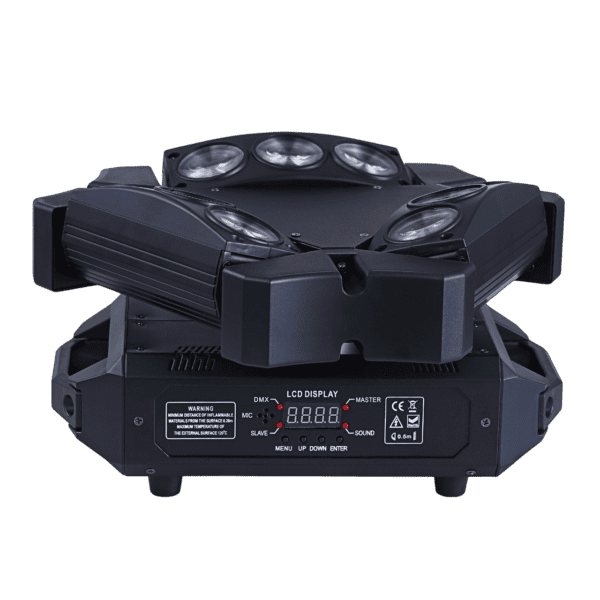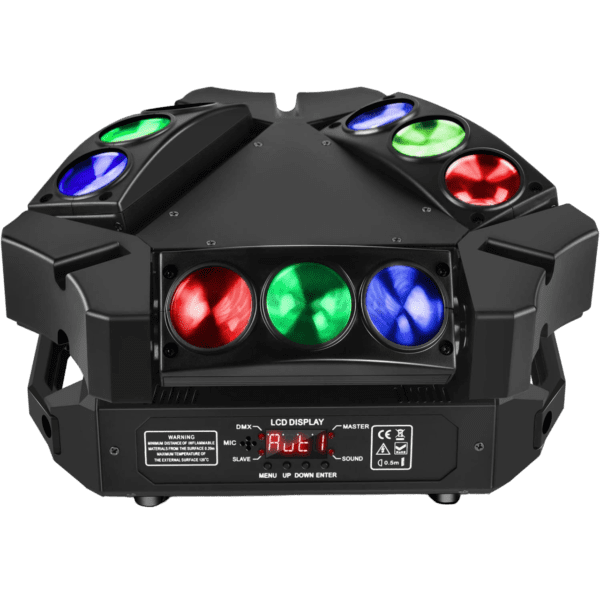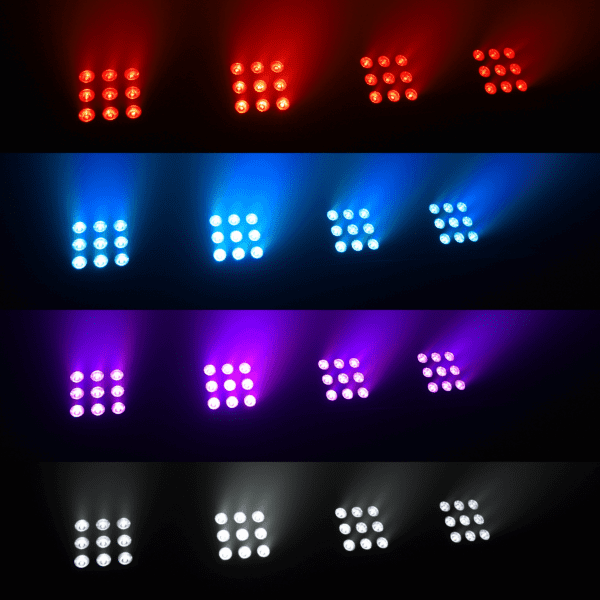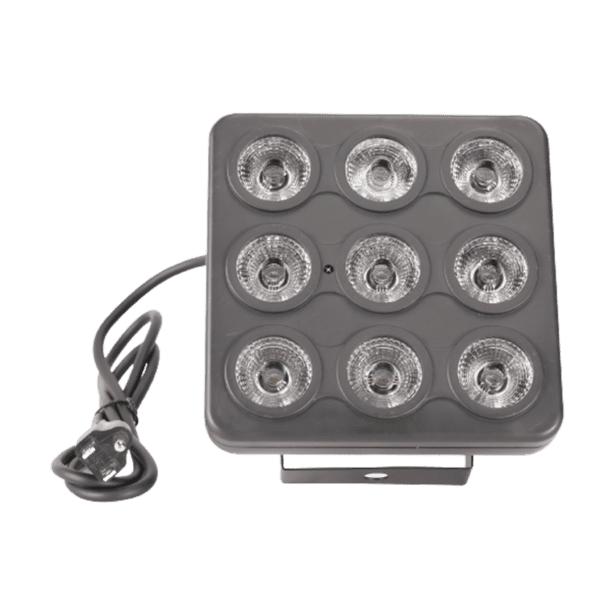As the name suggests, an LED (Light Emitting Diode) driver is a self-contained power supply device that drives the power required for an LED. More than one LED is connected in an array, and the LED driver can also regulate the required power.
One of the advantages of LEDs is that they’re energy-efficient, and they require a device that converts AC (Alternating Current) to DC (Direct Current). Moreover, LEDs also require a buffer that keeps them from all the problems that can happen due to power surges.
The LED driver works as a complete electrical current management system. It provides the AC to DC conversion functionality, but it also acts as a buffer to protect the LEDs from power fluctuation.
Why Do People Need LED Drivers?
It doesn’t matter whatever the type of LED light source is, it requires a driver to regulate power. You might wonder if the LED driver is that important, then why don’t LEDs come with a pre-installed one? The simple answer to that question is that THEY DO!
Many types of LEDs come with a built-in driver, and the most common example of such LEDs is that they’re used in a household. For example, bulbs with GU10, GU24, E26, E27 bases have built-in LED drivers, and they run on 120 volts.
But specifically, LED light sources with low voltage require an LED driver separately. Examples of such LEDs are tape light, MR bulbs, specific panels, fixtures, outdoor-rated lights, etcetera. To work with such types of LEDs that run on around 12-24, you need to get separate LED drivers. Moreover, standard voltage that we receive in our homes starts from 120 volts and reaches over 250 volts, due to this, a separate LED driver is imperative.
Basically, it serves the two following purposes and that’s why people need it:
- It rectifies the higher voltage (AC to low voltage DC)
- It keeps the LEDs from getting damaged due to power fluctuation.
The Types of LED Driver
There are two types of LED drivers, which are constant voltage and constant current drivers. Both of them are viable considerations when it comes to supplying the power for your LED light sources. The only significant difference between these two types is the method by which they regulate power.
So let’s talk about how these two different types of work.
Constant Voltage LED Drivers
This type of LED driver is specially made for the output voltage of a single DC (direct current). The most commonly used power supplies of constant voltage drivers are 12 volts DC or 24 volts DC. The LED light sources which are designed for continuous voltage, typically set out the input voltage amount that it requires for proper operation.
The standard power supply that you have in the wall outlets of your home is 120 volts – 277 volts AC. A constant voltage driver receives this voltage and switches this standard VAC (Alternating Current Voltage) to low VDC (Direct Current Voltage).
It doesn’t matter what current load type is, the constant voltage drivers maintain the continuous voltage consistently.
The example of LEDs which use the constant voltage driver are LED flex strip/LED strip light, under cabinet lights, etc. But it’s not confined to only such categories.
Constant Current LED Drivers
Constant current LED drivers regulate power LEDs which need a fixed amount of output current, and they are designed for a range of output voltages. Constant current LED drivers vary in the range of voltages it handles but provides continuous current for the LED system.
An excellent example of such drivers is Mean Well’s AP Constant Current Driver.
An important factor here to keep in mind is that the LEDs will glow due to the higher current flow. But each LED is rated to manage a specific upper limit, and if the LED driver does not regulate the current, the LED draws more current, and this reduces their lifespan. This is known thermal runaway, which explains that if an LED draws more current than it’s rated for, the lifespan of the LED will reduce dramatically. Additionally, it can also cause premature burnouts because of the high temperature, which an LED cannot withstand.
The constant current LED driver saves the day in all such situations, and it always maintains the continuous current flow that an LED requires. It also helps LEDs in series to provide consistent brightness by providing a designated current supply.
Other Factors to Consider When Selecting LED Driver
The current and voltage are the most essential factors while opting for LED drivers. There are other factors too, which people usually do not consider and neglect, but they can also make a lot of difference in performance and convenience.
Some of them are listed below:
IP Ratings
The LED drivers’ IP rating can be very advantageous in the long run if you live somewhere with high humidity in the atmosphere. IP rating (Ingress protection) provides any device with waterproofing and weatherproofing features. A suitable IP rating device can withstand humid places and also the environment with moisture.
Dimming Capability
The drivers with the dimming capability allow you to set the brightness levels of your LEDs, which can be very helpful in different conditions.
International Standards
The LED drivers that you opt for should comply with the international standards and also be backed with renowned manufacturers for a longer lifespan.
Physical Size
It’s also crucial to choose the LED drivers that can easily fit in the area where they are to be fixed.
Conclusion
LED drivers are integral to your lighting system and the above key factors and considerations are ones you should always keep in mind while selecting the LED drivers. I hope this was valuable and feel free to let me know about your thoughts and experiences.














